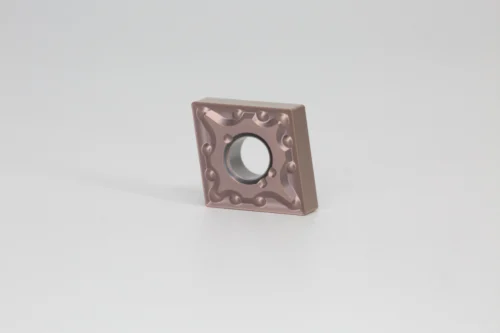Machining Inserts: Exploring Turning, Carbide and Lathe Inserts
In the field of machining, the three carbide terms carbide insert for turning, carbide tool inserts and metal lathe inserts may seem similar, but there are key differences in actual application:

carbide insert for turning
Carbide inserts are specially designed for turning processes. The blade tip angle, chip breaker and other designs are tailored to turning needs. The coating often uses a high-temperature resistant coating to adapt to the high-temperature environment of continuous cutting in turning.
Mainly used for lathes to process rotating metal workpieces
For example, the CVD coated diamond blade CNMG-MA series is suitable for roughing/finishing turning of steel or cast iron.

carbide tool inserts
In a broad sense, carbide inserts cover a variety of processing types and are suitable for turning inserts, milling inserts, U drill inserts, cutting and grooving, etc. These can all be called carbide tool inserts.
Diversified shape design: triangular, square, round, edge treatment can be sharp or chamfered, depending on processing requirements
It can be based on the processing material, such as stainless steel, titanium alloy, steel, cast iron, etc.
For example: APKT insert for milling, TNMX insert for turning

metal lathe inserts
Blades specifically for lathes are made of materials other than carbide. Although carbide is the mainstream, they may also include high-speed steel, ceramics or CBN. Lathes will be designed specifically to emphasize compatibility with lathe toolholders.
Processing objects: generally metal materials (steel, aluminum, cast iron, etc.)
